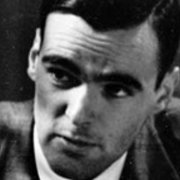Search
Titles (10)
See all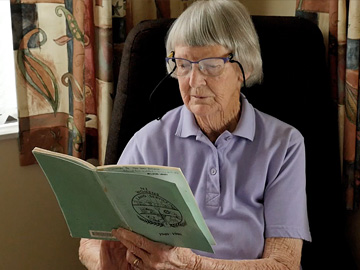
Compilation - Memories of Service 5
Web, 2017 (Excerpts)
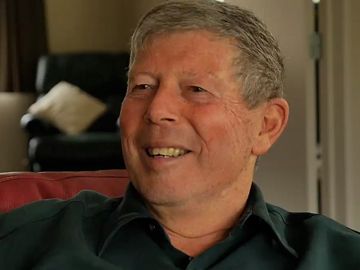
Memories of Service 4 - Stoney Burke
Web, 2017 (Full Length Episode)
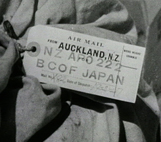
Weekly Review No. 310 - Mail Run
Short Film, 1947 (Full Length)

Memories of Service 3 - Colin Ramsey
Web, 2016 (Full Length)
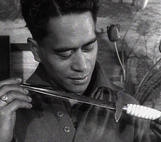
Weekly Review No. 200 - Flying Out from Germany
Short Film, 1945 (Full Length)
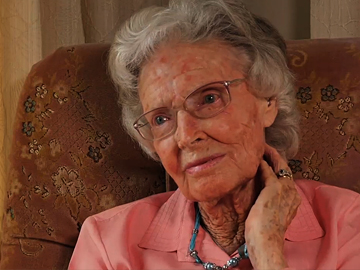
Memories of Service 5 - Gwen Stevens
Web, 2017 (Full Length Episode)
